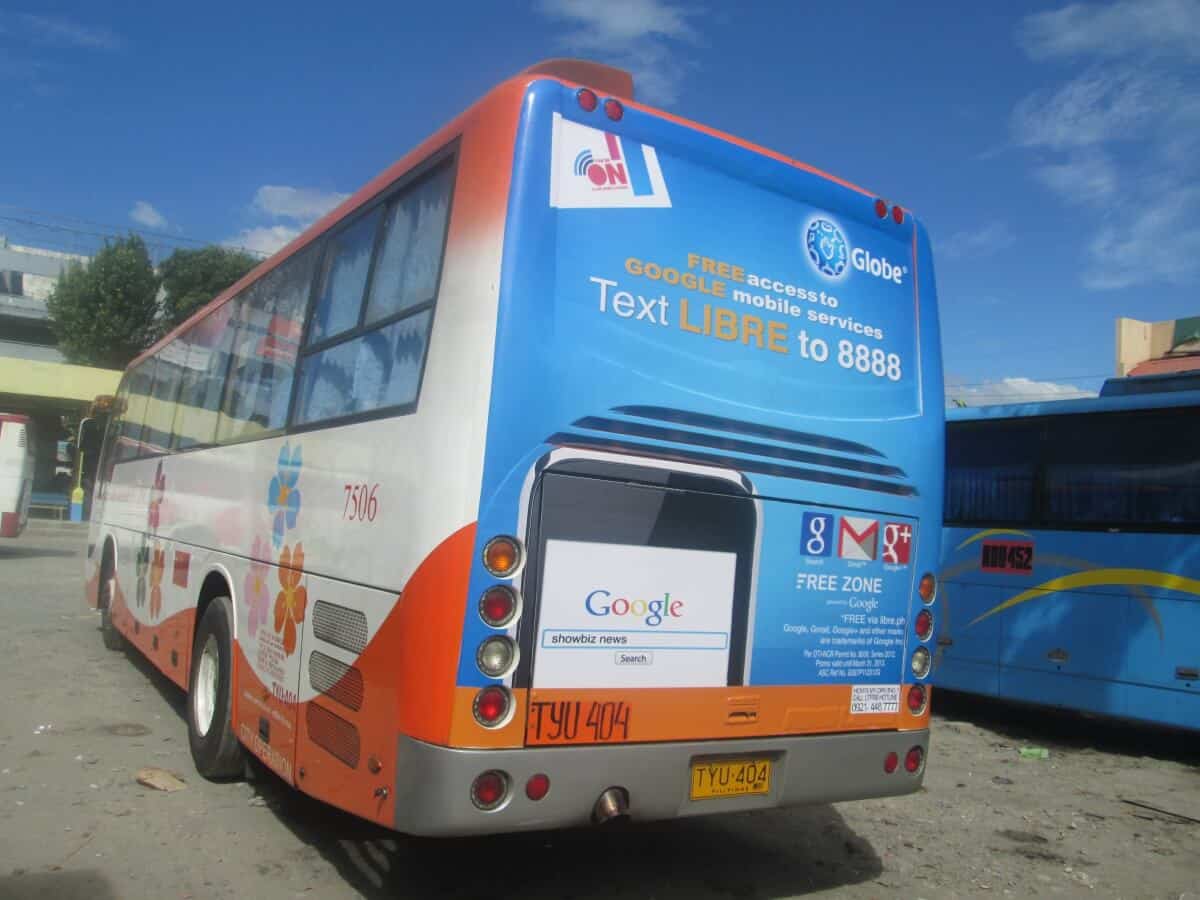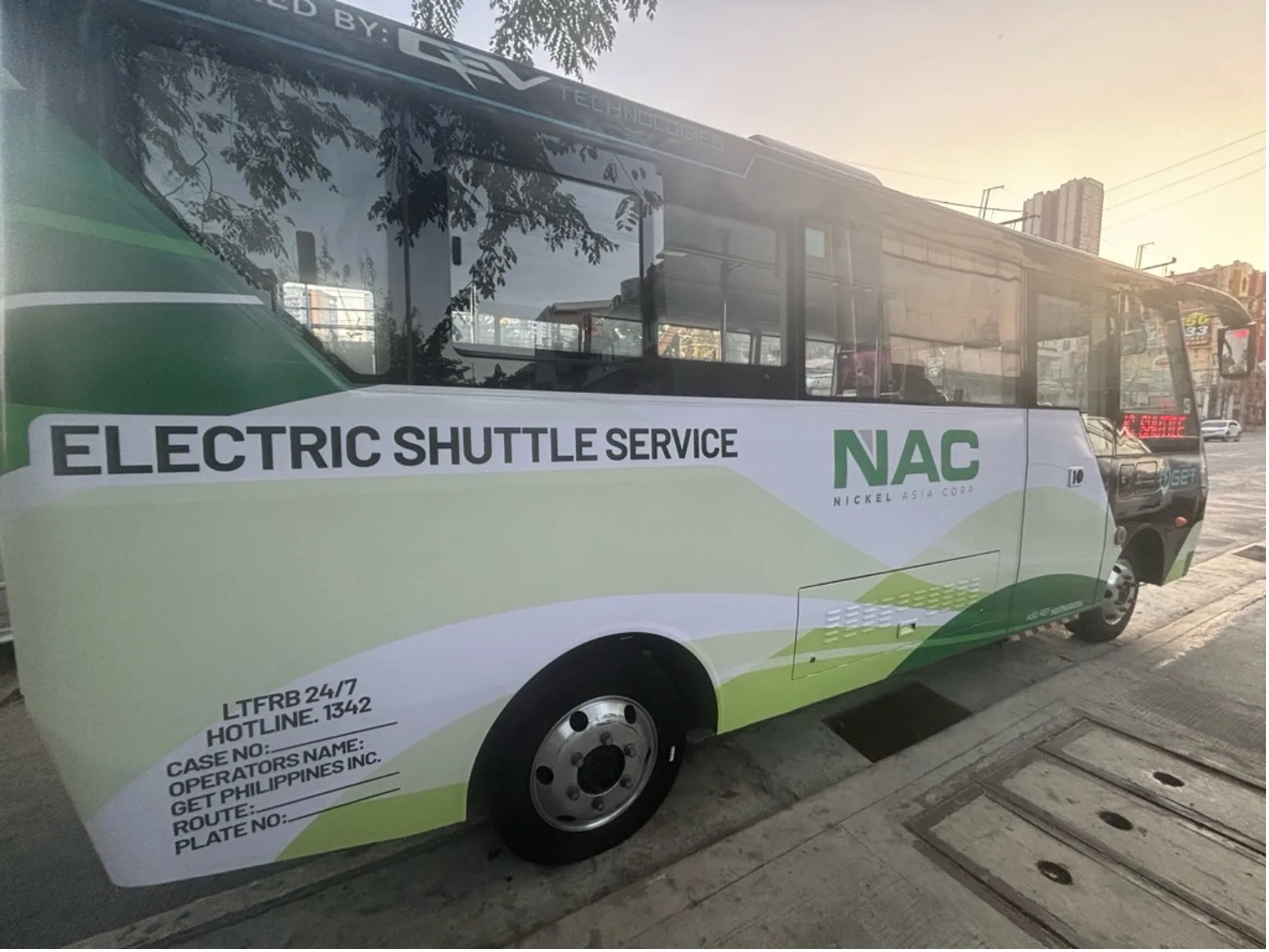Transit Advertising Philippines: Get To Hundreds Of Travelers Daily
Transit Advertising Philippines: Get To Hundreds Of Travelers Daily
Blog Article
Just How Transportation Advertising Can Change Public Transport Spaces Into Dynamic Advertising And Marketing Operatings Systems
Transportation marketing holds significant possibility to redefine public transportation spaces right into lively advertising and marketing systems that notify and involve. By using cutting-edge styles such as digital display screens and interactive stands, brand names can not just get to a varied audience but likewise improve the overall commuter experience. This approach develops a distinct opportunity for brand names to attach with customers in a setup that is frequently forgotten. As we check out the multifaceted benefits and advancing methods of transit advertising and marketing, it increases the question of how this improvement can redefine our communications with both brands and the urban atmosphere.
Advantages of Transportation Advertising And Marketing

In addition, transportation advertising and marketing is highly cost-efficient compared to conventional media. It enables marketers to achieve high impressions at reduced expenses, maximizing roi. The captive target market of commuters offers an opportunity for brand names to share their messages to individuals that are commonly receptive throughout their traveling times.
Additionally, the vibrant nature of transit advertising permits campaigns to be upgraded often, ensuring that messaging continues to be relevant and prompt. This versatility can be crucial in replying to market fads or marketing events, maintaining the brand top-of-mind for customers. Finally, the prevalent existence of transportation advertising and marketing contributes to brand recall; duplicated exposure within familiar traveling contexts reinforces brand recognition and fosters consumer commitment, eventually enhancing and driving sales brand online reputation.
Kinds of Transit Advertising And Marketing
Mass transit systems give different layouts for marketing, each dealing with various marketing techniques and audience engagement techniques. One famous type is outside bus and train wraps, which cover the whole automobile and develop a mobile signboard effect, permitting high exposure in metropolitan environments. These covers can record attention as they pass through active streets, getting to a diverse audience.
One more prominent layout is interior advertising and marketing, which includes posters, electronic screens, and ads on transportation seats. These positionings engage passengers during their journey, enhancing brand messaging in a confined room. Digital presents, in particular, use the advantage of dynamic material, allowing advertisers to upgrade messages in real-time.
Terminal advertising and marketing is also considerable, featuring posters, banners, and interactive kiosks within transportation stations. These ads leverage foot traffic and can target particular demographics based upon place.
Finally, advertising collaborations with transit authorities can cause distinct campaigns, such as themed transportation experiences or occasions, boosting the overall engagement with commuters. Each kind of transit advertising and marketing uses unique advantages, permitting brand names to customize their method to effectively reach their target audience within the general public transportation environment.
Involving Commuters Properly
Commuters are significantly swamped with advertising messages during their day-to-day journeys, making it necessary for brand names to engage them in ingenious methods. To capture focus in this congested space, marketers must prioritize creativity and significance. Making use of eye-catching visuals and concise messaging can dramatically enhance the chance of engagement.
Interactive components, such as QR codes or enhanced truth features, can also transform fixed ads into immersive experiences, cultivating a deeper link with the audience. Brand names should concentrate on dealing with travelers' rate of interests and needs, customizing messages to reverberate with their way of life, whether via promos for regional companies or solutions developed to improve their commuting experience.
Additionally, timing plays an important function; purposefully putting advertisements during height travelling hours can maximize presence and impact. Engaging travelers effectively additionally includes leveraging social media assimilation, allowing travelers to share their promotions or experiences straight from transportation systems, therefore enhancing brand click over here now name reach.
In essence, efficient involvement depends upon recognizing the commuter journey and developing engaging, interactive, and relevant advertising experiences that not just catch attention yet likewise drive action and commitment. By doing so, brands can transform mass transit into a dynamic advertising and marketing system that resonates with its target market.

Measuring Marketing Effect
How can brand names precisely assess the performance of their marketing campaign en route atmospheres? Measuring the influence of transit advertising calls for a diverse approach that incorporates qualitative and quantitative metrics. One prevalent approach is tracking involvement with mobile analytics, where brand names can assess foot website traffic patterns and application interactions before, throughout, and after projects.
Surveys can give useful insights into brand name recall and consumer view, enabling brands to evaluate how well their messages reverberate with commuters. Additionally, keeping an eye on social networks interaction associated to specific projects can expose changes in public assumption and brand conversation.

Moreover, collaborating with transit companies can enhance measurement precision, as they commonly possess thorough market information on ridership trends. By integrating these techniques, brands can establish a detailed understanding of their advertising efficiency, ensuring that their campaigns not just reach yet also affect their target market effectively.
Future Patterns in Transportation Marketing
A substantial shift is expected en route marketing as technical innovations and transforming consumer behaviors reshape the landscape. Transit Advertising Philippines. The integration of interactive media and digital displays is expected to boost involvement, enabling brands to supply vibrant material that resonates with varied target markets. As public transportation systems embrace clever innovation, advertisers will utilize real-time information analytics to customize messages based on guest demographics and habits
Additionally, enhanced fact (AR) is positioned to transform the way travelers engage with ads. By providing immersive experiences, AR can change a mundane journey right into an appealing narrative that captures focus and promotes brand commitment. This advancement will likely encourage advertisers to produce more my response experiential projects that drive consumer communication.
Sustainability is another critical fad influencing transit advertising and marketing. As environmental consciousness expands, brands will significantly seek to align with eco-friendly techniques, using sustainable materials and promoting green initiatives within their projects.
Final Thought
In conclusion, transportation marketing uses substantial benefits by enhancing brand exposure and involving a captive audience. Through different formats, such as outside covers and digital screens, it changes mass transit into a lively advertising platform. Reliable involvement strategies and robust dimension strategies further enhance its effect. As fads advance, the potential see post for innovative interactions in between travelers and brand names is poised to grow, guaranteeing that transportation marketing continues to be an important element of contemporary advertising and marketing strategies.
Transit marketing holds considerable potential to redefine public transportation spaces into vibrant marketing platforms that engage and inform. The prevalent visibility of transportation marketing contributes to brand recall; duplicated direct exposure within acquainted travel contexts reinforces brand name understanding and fosters consumer commitment, eventually driving sales and enhancing brand name online reputation.
Exactly how can brands properly examine the efficiency of their advertising projects in transportation atmospheres?In conclusion, transit advertising and marketing uses considerable advantages by boosting brand name presence and involving a restricted audience. Transit Advertising Philippines. As patterns evolve, the possibility for ingenious interactions in between commuters and brands is positioned to grow, ensuring that transportation marketing remains an essential element of modern advertising and marketing methods
Report this page